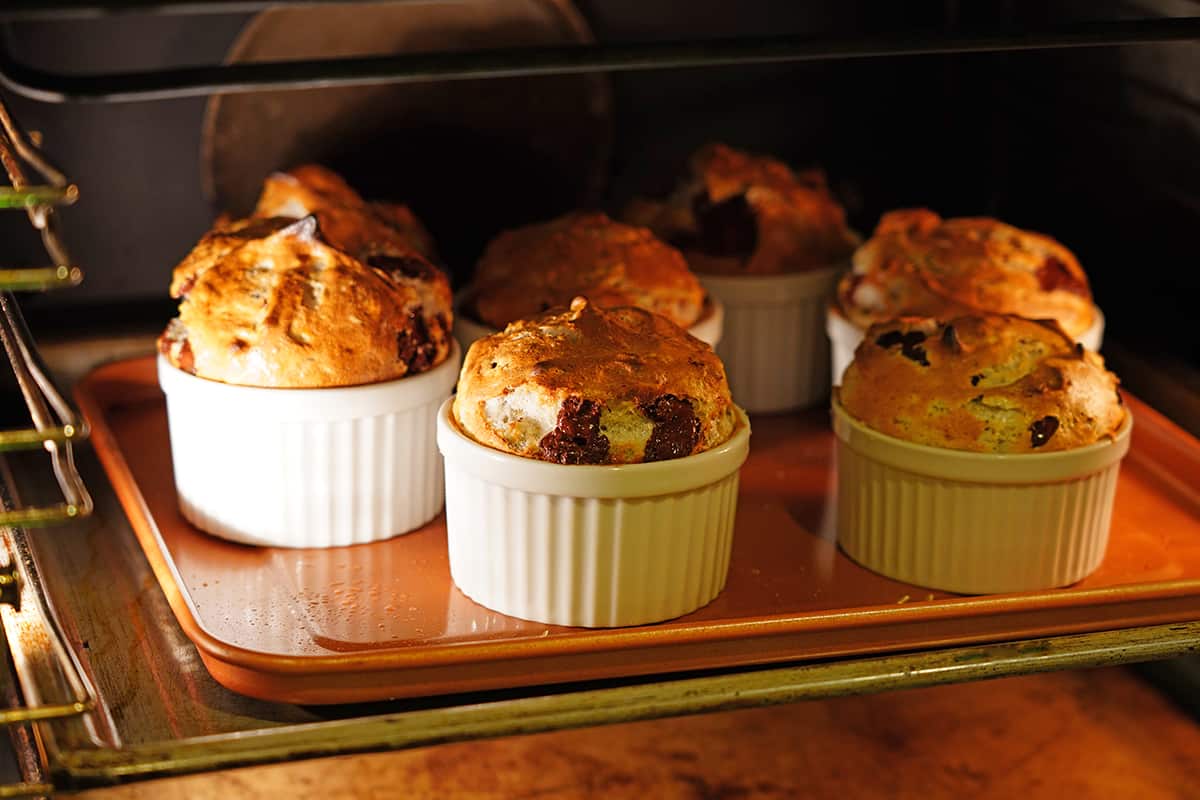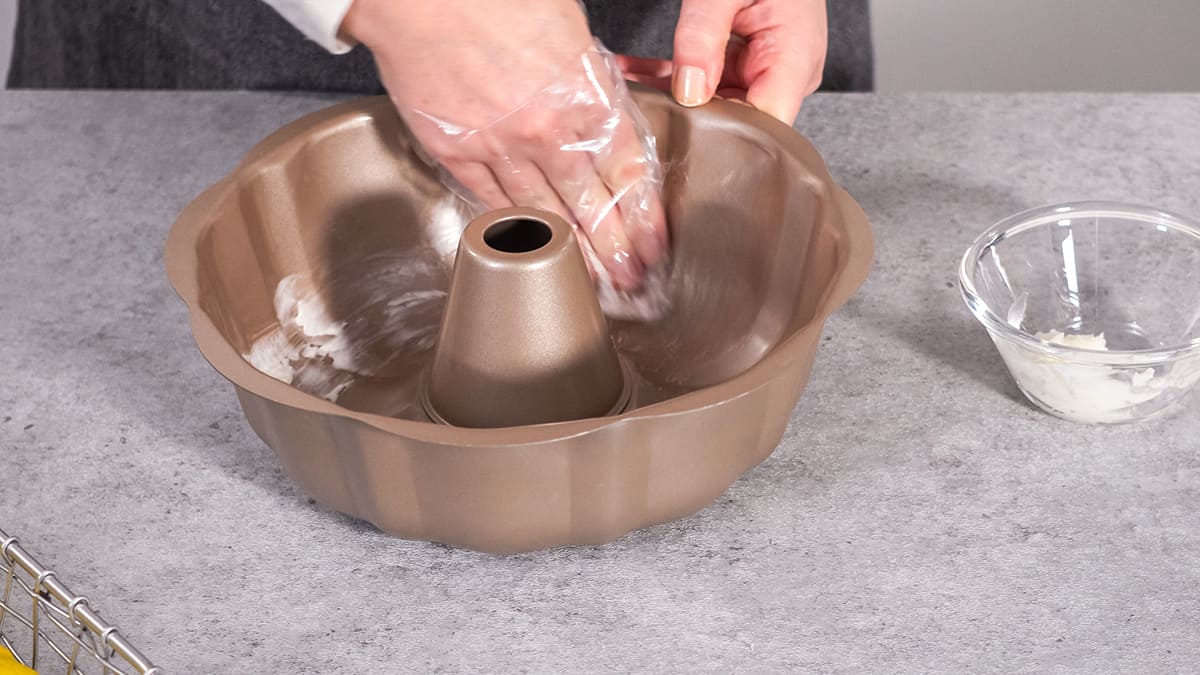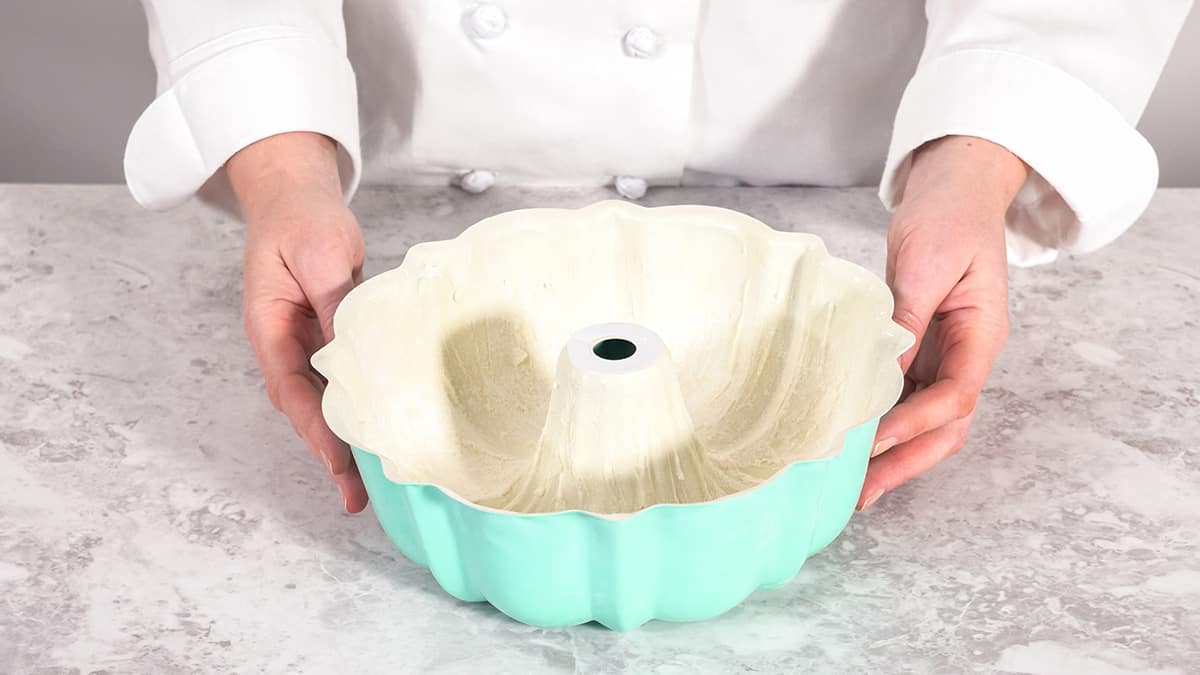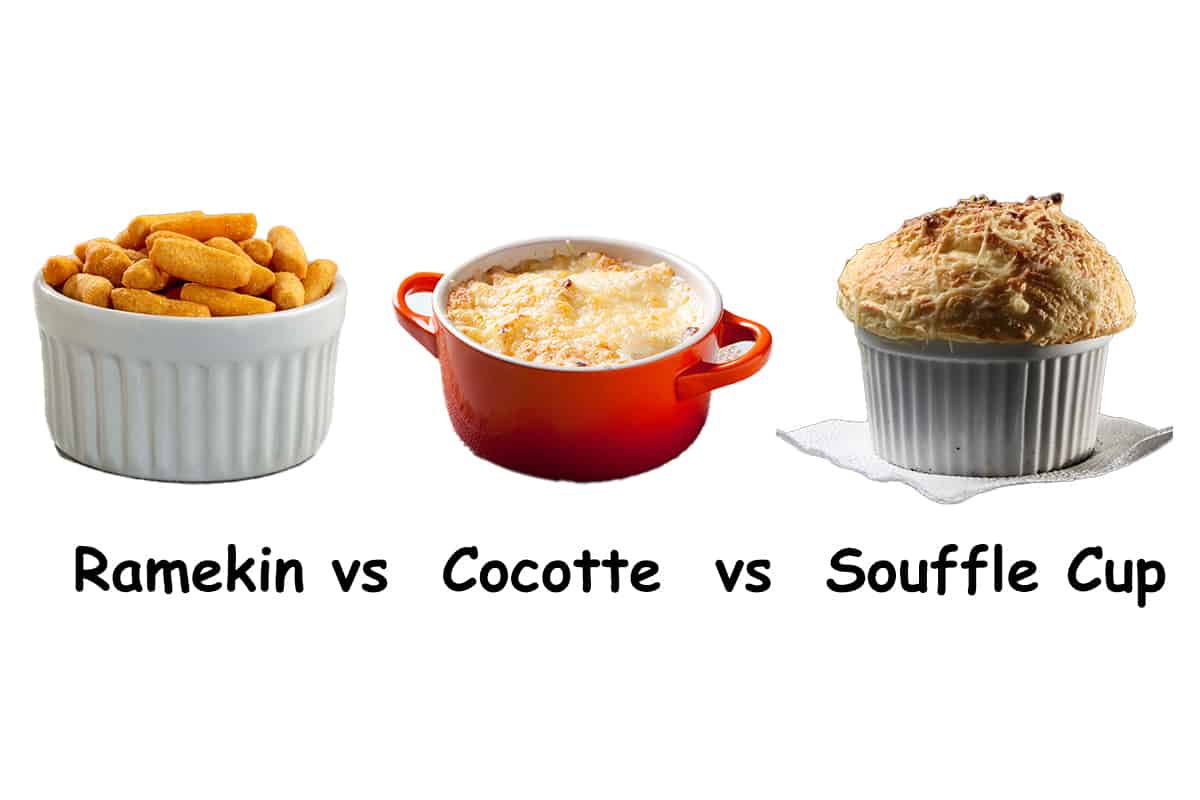Ramekins are small dishes that are commonly used for baking individual portions of cheesecake, soufflé, crème brûlée, pie, or quiche. This means that one key requirement of a good ramekin is that it needs to be able to withstand hot temperatures.
Ramekins intended for use in the oven or under the broiler will typically reach temperatures of between 450 and 500°F, but this will depend on the material the ramekin is made from and the quality of the produce. Some ramekins made from more robust materials can withstand intensely hot temperatures of up to 900°F.
It’s important to check with the manufacturer of your ramekins before exposing them to extremely hot temperatures.
Are Ramekins Heat Tolerant?
Most ramekins are designed to be used in baking and cooking, which means they are suitable for subjecting to high temperatures. The material your ramekins are made from is going to affect exactly how heat tolerant the ramekins are. Clay and porcelain are commonly used in the production of ramekins since they are tolerant of high temperatures and are great for evenly distributing heat for perfectly cooked results.
Most clay or porcelain ramekins are specifically designed to be used in the oven and can withstand temperatures of up to 500°F. However, some lower-quality ramekins can have a lower heat tolerance and should not be subjected to temperatures above 450°F.
Exposing these types of ramekins to temperatures higher than they can tolerate will cause them to crack. Metal and cast iron ramekins are also very heat tolerant, with some having a temperature limit of 900°F. These ramekins will also be more durable than clay or porcelain alternatives, though they take considerably longer to cool down after baking.
There is a range of ramekins available on the market which are not intended for use in the oven. This includes paper ramekins and plastic ramekins, and these are not heat tolerant. Paper ramekins can be used for serving condiments and dips, or small portions of side orders such as slaw or olives.
Plastic ramekins can be put to the same use, with the added versatility of being useful as jello molds. Plastic ramekins are inexpensive and can be reused, unlike paper ramekins, which are single-use only.
Standard Ramekin Temperature Range
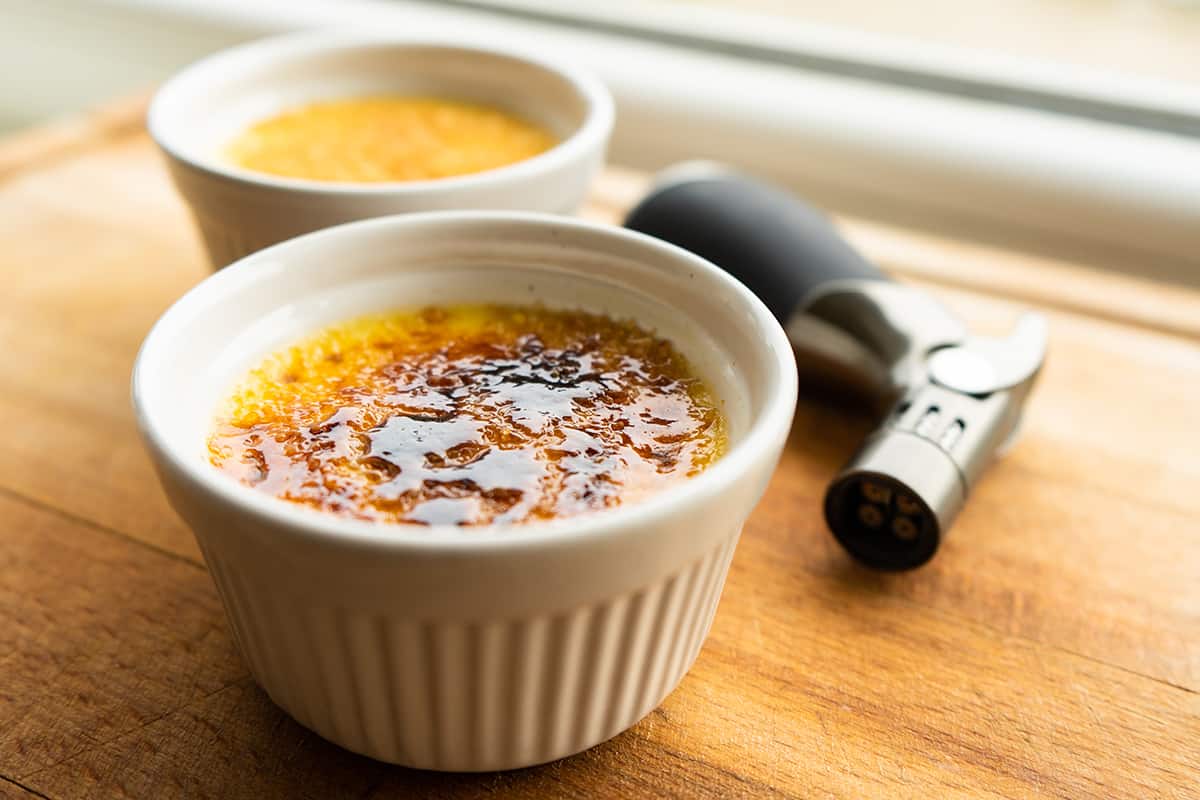
The standard maximum temperature that ramekins can be cooked at is 500°F. This is a higher temperature than is necessary for cooking most food since pies, cheesecakes, and other individual portions you would ordinarily cook in ramekins should be baked at between 375 and 400°F.
Some lower-quality ramekins have a maximum recommended temperature of 450°F, but this will be perfectly adequate for most people’s cooking needs. If you want to bake ramekins at temperatures higher than 500°F, you will likely need a cast iron ramekin.
Which Ramekin Material Is Best For High Heat?
Most home bakers will get along just fine with standard ramekins made from clay, porcelain, or metal, as these can be used in the oven and under the broiler if you want to crisp up the top layer of your recipe.
However, in the event that you want to cook ramekins on an open flame at a campfire or on a gas grill, then you may need a specialty ramekin that can withstand higher temperatures. In this instance, a cast iron ramekin is a good option because they are able to be cooked in temperatures as high as 900°F.
Can Ramekins Be Used in Air Fryer?
Air fryers are essentially miniature ovens, which have exploded in popularity due to the fact that they use a fraction of the electricity compared with conventional ovens. They also have the benefit of being able to cook food more quickly. If you are new to the air fryer phenomenon, then you’re probably just getting to grips with what you can and cannot use in an air fryer. The thing to remember here is that the inside of your air fryer works much like an oven, just on a smaller scale.
This means that anything you would use in an oven can be used in an air fryer, and this includes ramekins. Ramekins are great for making individual puddings in air fryers, but they’re also perfect for whipping up a quick snack or light meal. You can use a ramekin to make baked eggs or layer your raw egg with cream before putting it in the air fryer for an indulgent breakfast.
Air fryers have different maximum temperatures depending on the model you have, but generally, you can set an air fryer to a high temperature of 400°F. This means metal, clay and porcelain ramekins will be safe to use in an air fryer, as they can get as hot as 500°F. Do not use plastic ramekins in an air fryer because they will melt at hot temperatures.
Can Ramekins Be Used Under Broiler?

A broiler, which is known as a grill in the UK, is a heated element that you can cook dishes beneath to give them a crispy finish on their surface. If you’re baking crème brûlée then you could put these under the broiler to finish them off, if you don’t have a kitchen blowtorch. A broiler can also give a nice golden glow to the top of cheesecakes, pies, or quiches.
If you’ve topped your ramekin dish with grated cheese or breadcrumbs, then the broiler will do a much better job of crisping up the toppings compared with the oven. If your ramekins are oven safe, then this means they will also usually be broiler safe, but it’s best to check with the manufacturer.
Some broilers only have one temperature setting, which is between 500 and 550°F, while others have adjustable temperatures of between 400 and 550°F. If you have metal ramekins, these will be safe to use with a broiler, and most good quality clay and ceramic ramekins will also be broiler safe, though low-quality ramekins may crack under intense heat.
How to Know if Ramekin is Oven Safe
Most good manufacturers will clearly label their ramekins as either being oven safe or not safe for oven use. They may also detail the maximum temperature that is safe for the ramekins to reach. However, if you have inherited some ramekins or your new ramekins don’t specify if they are oven safe or not, there is a test you can do at home.
First, preheat your oven to 350°F, and fill your ramekin with cool or room temperature water from the tap. When the oven has finished preheating, put the ramekin on the middle oven shelf and increase the temperature to 400°F. When the oven reaches temperature, which should be around 5 minutes, you will need to conduct a touch-test on the ramekin and the water.
Quickly touch the side of the ramekin with a fingertip to see if it feels warm, and dip another finger in the water. If the outside of the ramekin is still fairly cool but the water is hot, then your ramekin is oven safe. If the ramekin is hot to the touch, along with the water, then the ramekin is not oven safe and should not be used in the oven again.
